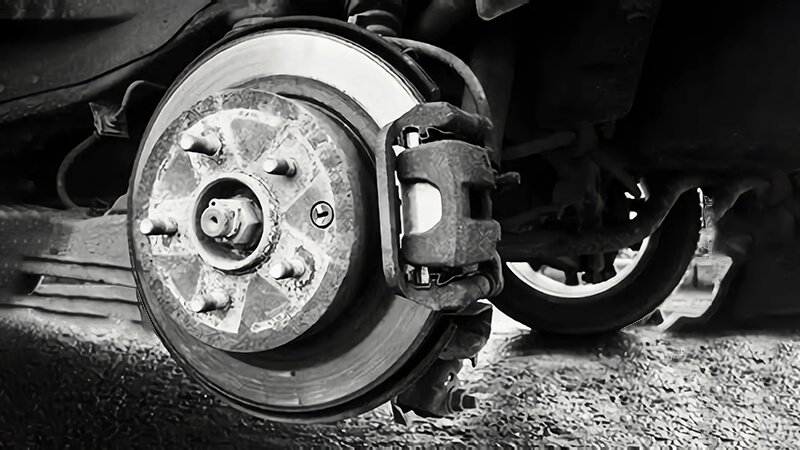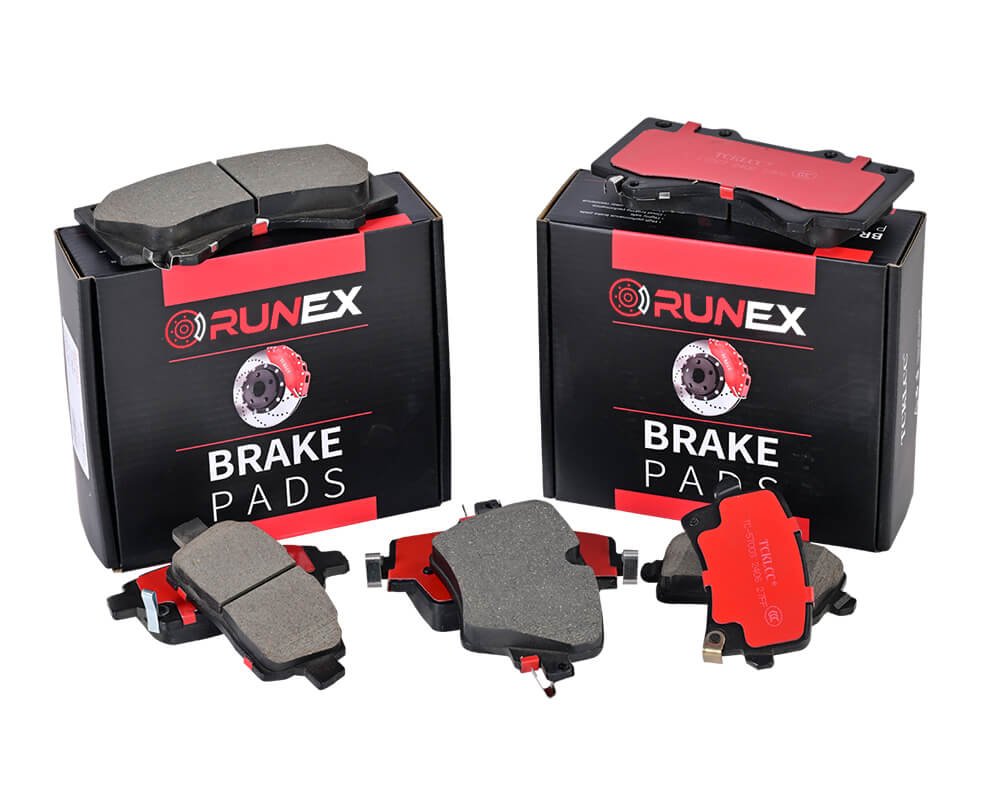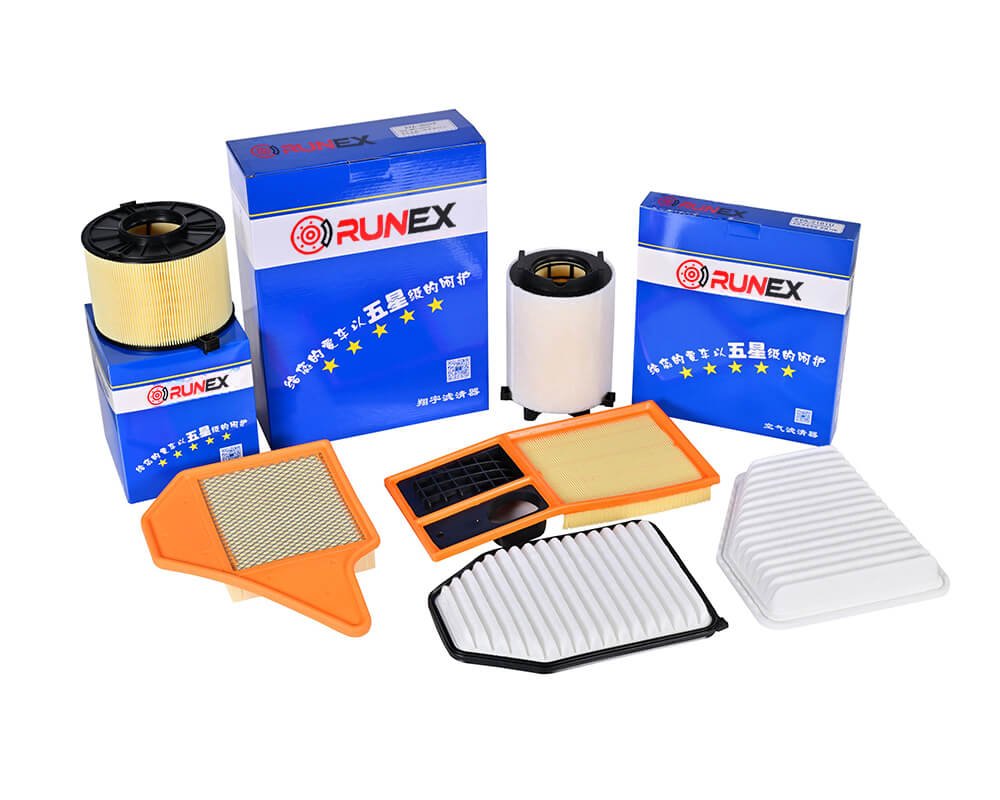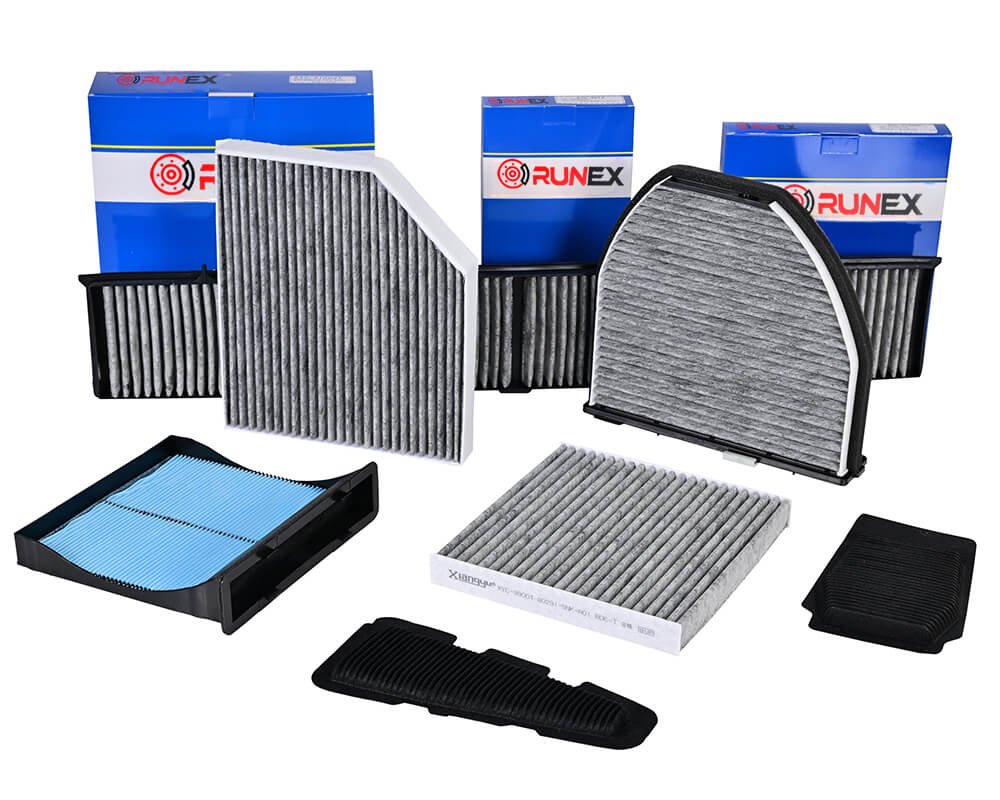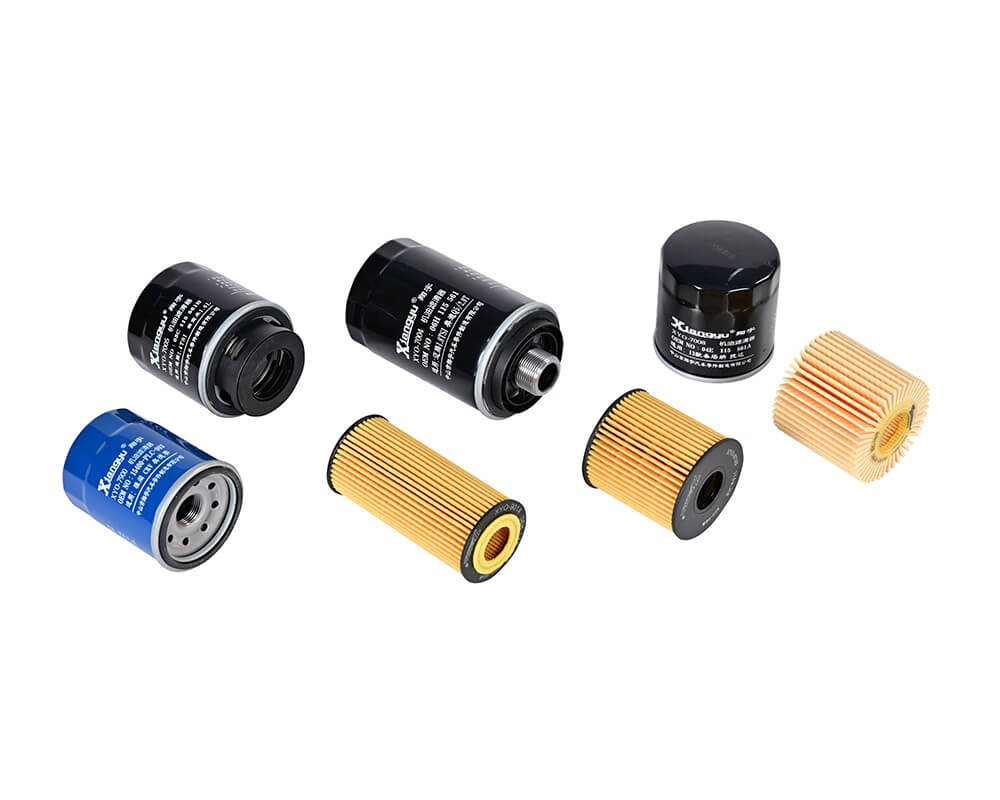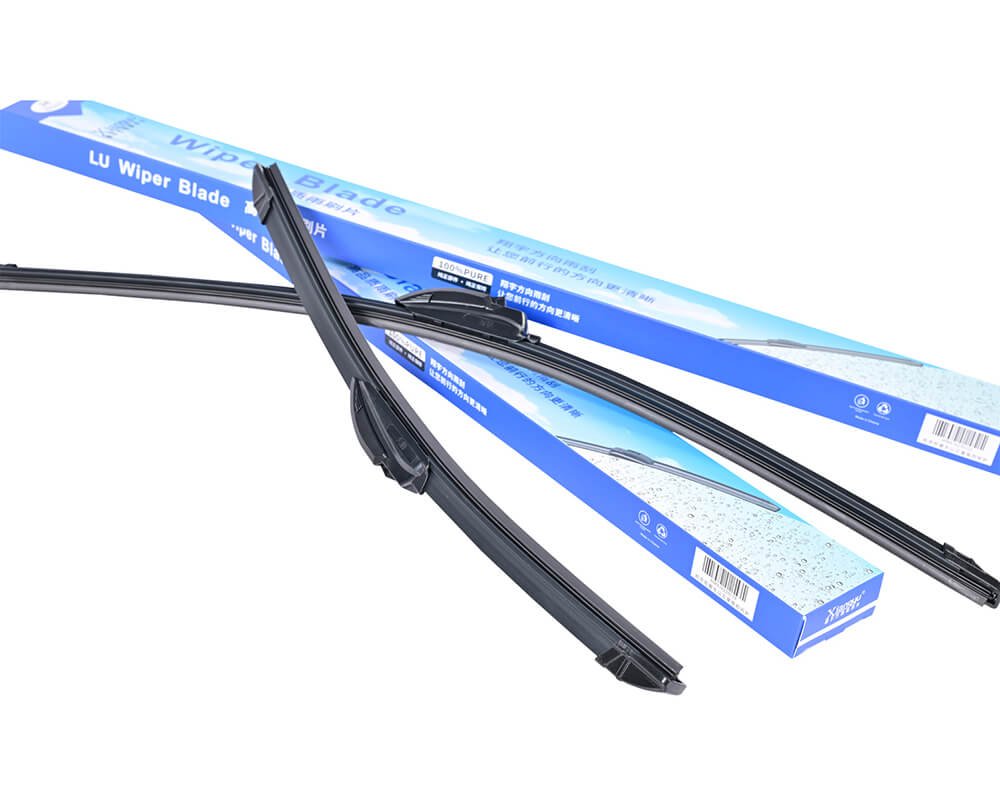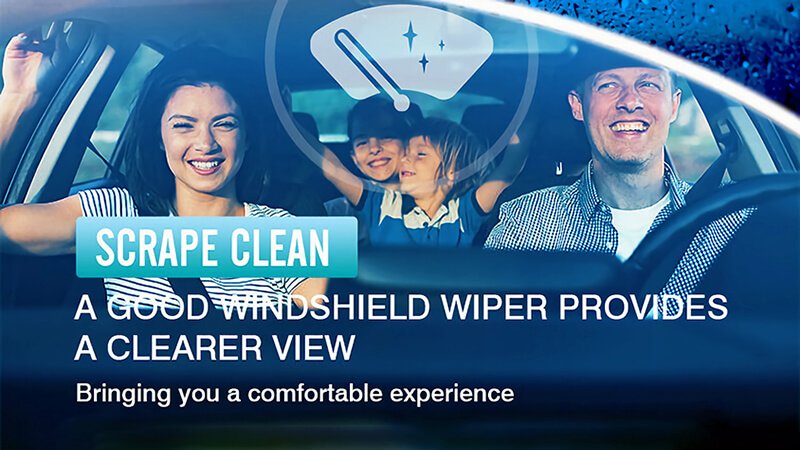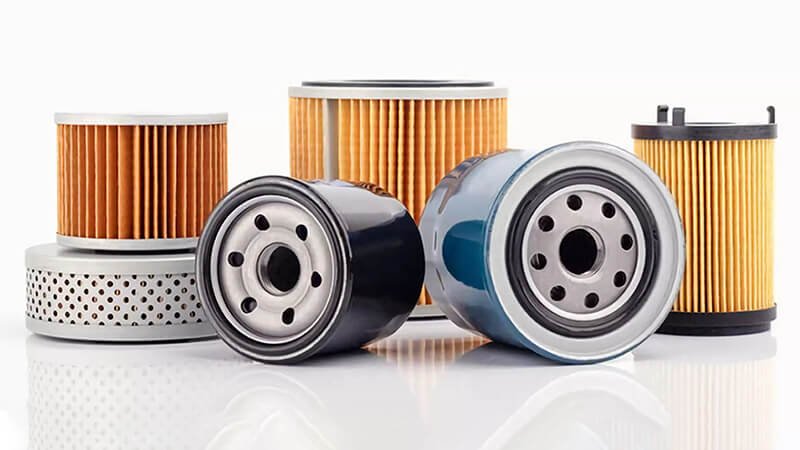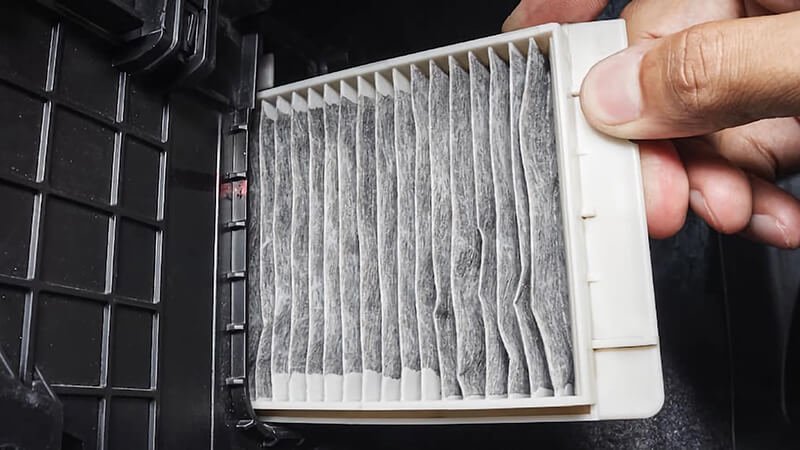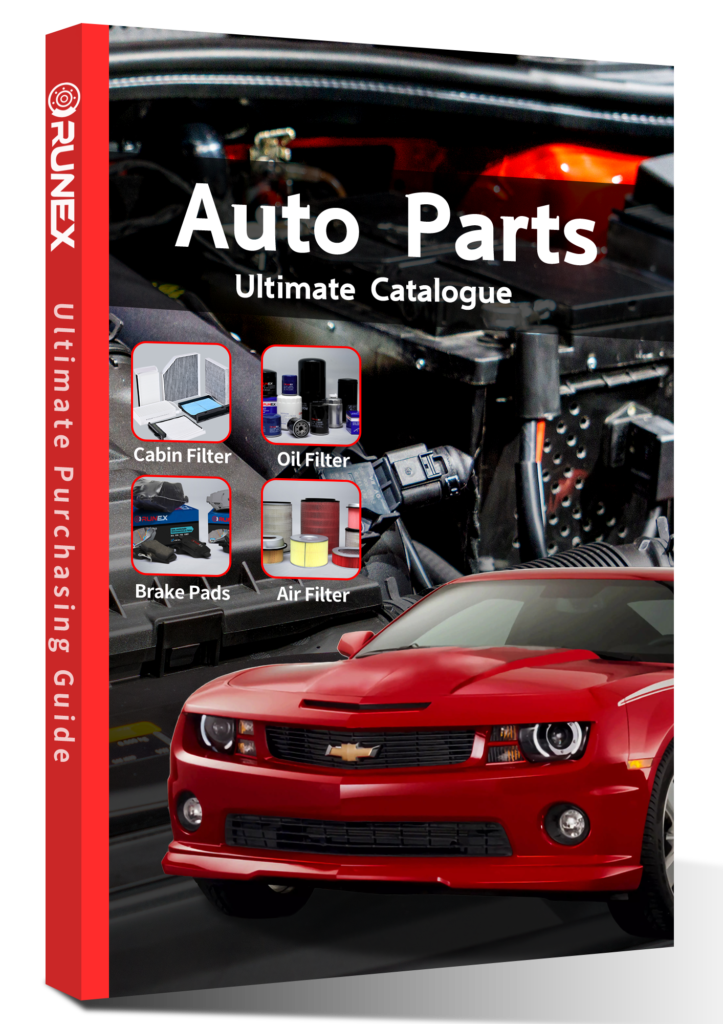If you’ve ever looked at your car and thought, “Do I really need to take the wheel off just to change brake pads?”—you’re not alone. Many DIYers and even some seasoned techs have asked this exact question. But skipping steps can often lead to skipping safety.
Yes, you can replace brake pads without removing the wheel on some vehicles—but should you? For Runex Auto brake pads, removing the wheel ensures full access, proper installation, and a safe inspection of the whole brake system.
Skipping wheel removal might seem efficient, but it often leads to compromised work. If you’re using high-quality brake pads—like those we produce at Runex Auto—it makes sense to install them under the best conditions. Let’s walk through the key questions to see why.
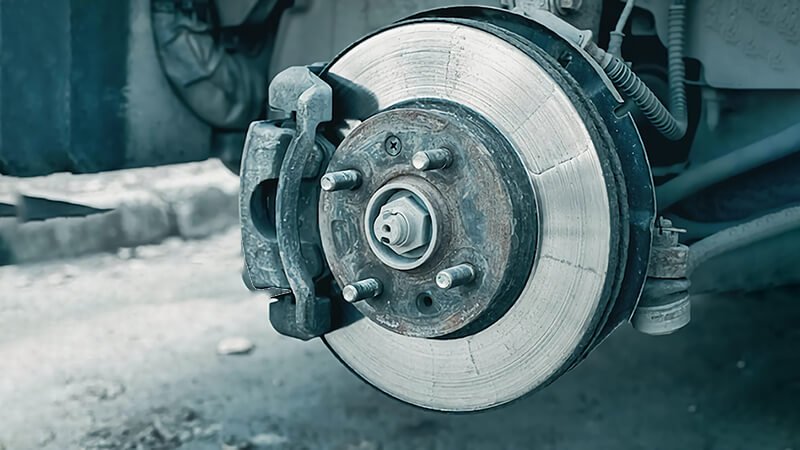
Can you replace brake pads without removing the tire?
You might think skipping a step saves time. But when that step limits visibility and access to critical components, you could be risking more than just your brake performance.
While it's technically possible to replace brake pads without removing the tire, it's generally not recommended. The wheel blocks visibility and limits maneuverability, which increases the risk of improper installation or missed inspection points.
Why it's not just about "if," but "should"
Limited Access Reduces Control
With the wheel on, the caliper is partially blocked. That makes it difficult to:
- See the thickness of both inner and outer pads
- Inspect rotor condition
- Ensure proper seating of new pads
- Check for caliper or slider issues
Runex Brake Pads Need Space to Shine
Our brake pads1 are engineered for precision. They include wear indicators, custom shims, and multi-layer backing plates. These features need room during installation. Installing them without proper clearance could bend a shim or misalign a clip, compromising performance.
| Installation Element2 | With Wheel On | With Wheel Off |
|---|---|---|
| Visibility of Caliper | Limited | Full |
| Pad Seating Inspection | Difficult | Easy |
| Safety of Final Check | Risky | Complete |
| Runex Feature Optimization | Not Guaranteed | Fully Ensured |
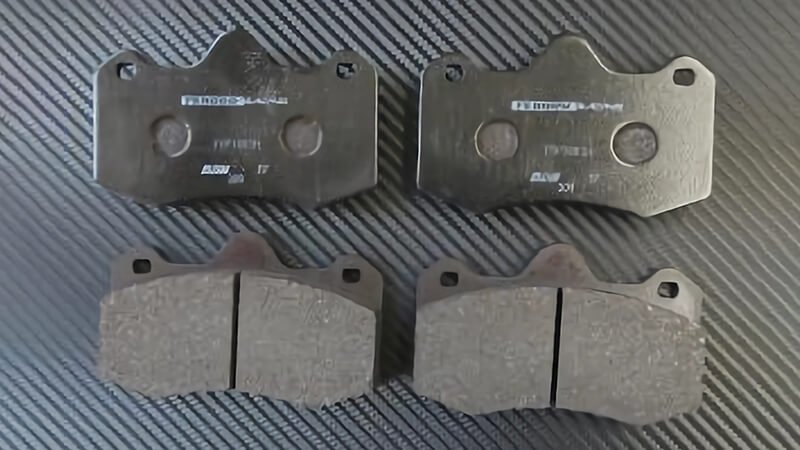
Do wheels have to come off to change brake pads?
Even if your car technically allows it, most mechanics remove the wheels every single time. There’s a reason for that: better access, better safety, and better results.
Yes, wheels typically need to come off to change brake pads—especially if you're aiming for a thorough job. It allows a complete view of the brake system and ensures precision, especially with Runex Auto’s performance brake pads.
The truth behind what "needs" to happen
Exceptions vs. Norm
Some Mercedes-Benz models have open caliper designs3 that allow you to punch out retaining pins without wheel removal. But that:
- Requires special knowledge and tools
- Doesn’t allow for full rotor inspection
- Misses signs of uneven wear
Our Runex Process for Safety and Quality
We recommend removing the wheel every time. Our pads are designed with advanced noise-reducing technology4, and installing them without full visibility means you might miss key checks:
- Pad alignment with wear sensor
- Rotor-glaze match for even contact
- Piston movement and caliper slider condition
A Real-World Example
One of our fleet customers skipped wheel removal to save 15 minutes. That led to misaligned clips and premature squeaking within 1,000 miles. Once they went back, did a proper install with the wheels off, the pads ran perfectly for 30,000+ miles.
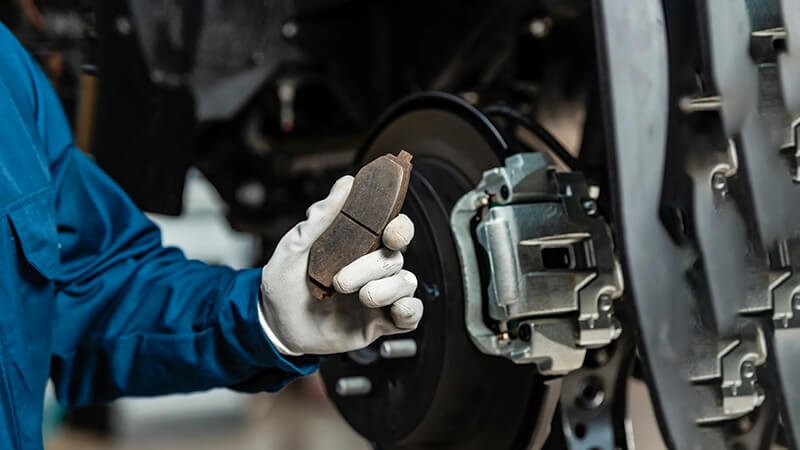
Can you just change brake pads and not discs?
Most of the time, yes. But only if the discs are still within spec. And that’s a big “if” you can’t verify well unless the wheels are off.
Yes, you can replace only the brake pads if the discs are in good condition. But skipping a rotor check may reduce the effectiveness of even high-performance pads like Runex Auto's. Always inspect discs thoroughly before reusing.
Pad-Only Replacements: When and Why
Understanding Pad-to-Disc Dynamics
New pads need a healthy disc to perform correctly. Key issues to look for:
- Rotor thickness (below minimum spec = dangerous)
- Warping or grooves (leads to vibration)
- Heat spots or glazing (reduces friction)
Why It Matters with Runex Pads
Runex brake pads5 are designed with a premium friction material blend. They’re quiet, grippy, and long-lasting—but only when mated to a disc that’s smooth and true. Pairing them with damaged rotors will:
- Reduce stopping power
- Increase noise and vibration
- Shorten pad life
| Rotor Condition | Replace Pads Only? | Why |
|---|---|---|
| Smooth, No Grooves | Yes | Optimal pad bedding surface |
| Slight Scoring | Maybe | Depends on depth & wear |
| Warped or Cracked | No | Unsafe, poor braking |
Rule of Thumb
Always measure rotor thickness6 and runout. If you don’t have tools, remove the wheel and get it checked by a mechanic. Saving money by skipping discs won’t help if it costs you a safe stop.
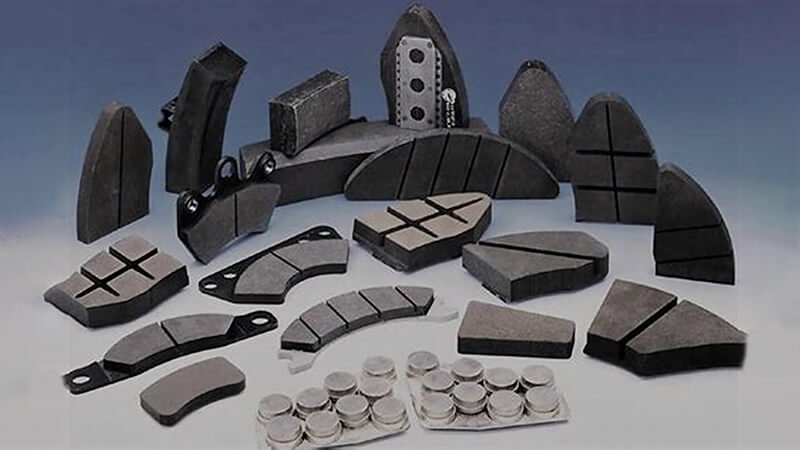
Can I see my brake pads without removing the wheel?
Sometimes. But only the outer pad is visible—and that’s just half the story.
You can often see the outer brake pad through alloy wheels, but this view is limited. You won't see the inner pad, which often wears faster. For a full inspection, removing the wheel is necessary.
What You Can and Can't See
The Outer Illusion
Alloy wheels may allow a peek at the outer pad. But:
- Dirt can obscure your view
- Lighting and angle matter
- You can’t judge thickness accurately
Inner Pad Wears Faster
Especially on single-piston caliper systems (which are common), the inner pad7 often takes more load. It:
- Contacts the rotor first
- Cools slower
- Wears unevenly compared to the outer pad
Why Runex Pads Deserve a Full Check
We engineer our pads to wear evenly, with backing shims that resist heat and noise. But uneven rotor surface or stuck caliper pins can still cause inner pad wear. Visual inspection from the outside won’t catch these issues.
| Part Visible Through Wheel? | Risk If Ignored |
|---|---|
| Outer Pad (Partial) | False sense of safety |
| Inner Pad | Not visible |
| Rotor Condition | Not visible |
| Caliper Function | Not visible |
Don’t guess when it comes to brakes. Take the time to remove the wheel—or have a trusted shop do it—especially if you’re using high-performance8 pads like ours.

Conclusion
Replacing brake pads 9 without removing the wheel might work on some cars. But when you’re using something as finely tuned as Runex Auto brake pads, precision matters. Wheel removal gives you full access for a clean install, a proper inspection, and peace of mind. Whether you're maintaining your personal car or managing a fleet, don't skip steps that protect performance and safety.
-
Discover the unique features of Runex brake pads that ensure precision and performance, enhancing your vehicle's braking efficiency. ↩
-
Learn about the best practices for brake pad installation to ensure optimal performance and safety. ↩
-
Understanding open caliper designs can help you appreciate their benefits and limitations in brake maintenance. ↩
-
Exploring advanced noise-reducing technology can enhance your knowledge of quieter and more efficient braking solutions. ↩
-
Explore the advantages of Runex brake pads to understand their unique features and how they enhance braking performance. ↩
-
Learn the importance of rotor thickness measurement for safe braking and how it impacts your vehicle's performance. ↩
-
Understanding inner pad wear is crucial for maintaining brake performance and safety. Explore this link for in-depth insights. ↩
-
Discover how high-performance brake pads enhance safety and performance, ensuring optimal braking efficiency for your vehicle. ↩
-
Find the best Auto Brake Pads from Runex. ↩

